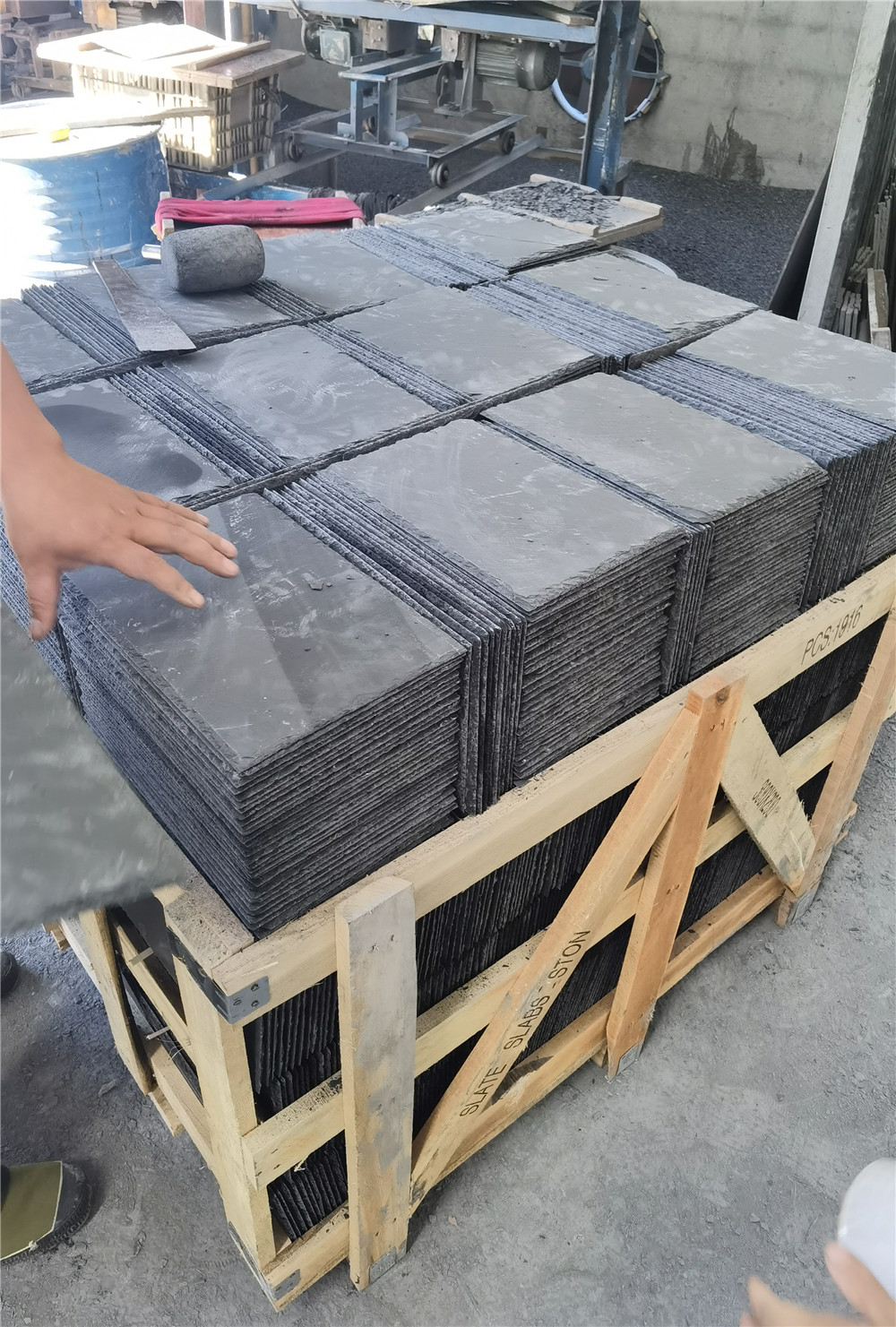Introduction:
Cultured stone walls have been a staple in architectural design for centuries, providing not only structural integrity but also adding a touch of timeless elegance to any space. These versatile walls are created using a blend of natural stone aggregates, pigments, and specially formulated binders, resulting in a product that replicates the beauty of natural stone. This article aims to provide a comprehensive guide to cultured stone walls, exploring their history, manufacturing process, benefits, applications, and maintenance.
1. The History of Cultured Stone Walls:
Cultured stone walls have a rich and fascinating history that can be traced back to ancient civilizations. The use of stones for construction dates back thousands of years, and cultures such as the Egyptians, Greeks, and Romans showcased their mastery of stone craftsmanship in their architectural marvels. Over time, the art of using natural stone evolved, leading to the development of cultured stones as a more accessible and versatile alternative.
2. Manufacturing Process of Cultured Stone Walls:
Cultured stone walls are meticulously crafted using a combination of natural stone aggregates, pigments, and binders. The manufacturing process involves blending these materials and pouring them into molds that replicate the texture and appearance of natural stone. Once cured, the cultured stones are then ready for installation, providing the same aesthetic appeal as natural stone but with added flexibility and ease of use.
3. Benefits of Cultured Stone Walls:
3.1 Aesthetic Appeal: Cultured stone walls offer the same visual appeal as natural stone, with a wide range of colors, textures, and patterns available. They can be customized to match any architectural style, from rustic to contemporary, making them a versatile choice for both interior and exterior applications.
3.2 Cost-Effectiveness: Compared to natural stone, cultured stone walls are more affordable, making them an attractive option for homeowners and builders. Additionally, the lightweight nature of cultured stones reduces transportation costs and simplifies installation.
3.3 Durability and Strength: Cultured stone walls are designed to withstand the test of time. They are resistant to weathering, fading, and cracking, ensuring long-lasting performance and a low-maintenance solution for any project.
3.4 Versatility: Cultured stone walls can be used in a variety of applications, including interior accent walls, exterior facades, fireplaces, and even outdoor kitchens. The versatility of these walls allows for creative freedom in design, enabling architects and designers to create unique and stunning spaces.
4. Applications of Cultured Stone Walls:
4.1 Interior Design: Cultured stone walls can transform any interior space into a captivating and inviting environment. Whether it's adding a touch of rustic charm to a living room or creating a luxurious spa-like atmosphere in a bathroom, cultured stones provide endless design possibilities.

4.2 Exterior Facades: The exterior of a building is the first impression it makes. Glow-in-the-dark stepping stones for nighttime visibility can enhance the curb appeal of any structure, adding character and elegance. They can be used to create stunning entryways, accent walls, or even entire facades, making a lasting impression.
4.3 Fireplaces and Outdoor Living Spaces: Cultured stone walls are a popular choice for fireplaces due to their fire-resistant properties. They can also be used to create beautiful outdoor living spaces, such as outdoor kitchens or seating areas, adding a touch of sophistication to any outdoor environment.
5. Maintenance of Cultured Stone Walls:
Maintaining cultured stone walls is relatively simple and requires minimal effort. Regular cleaning using a mild detergent and a soft brush or cloth is usually sufficient to remove dirt and debris. It is also important to inspect the walls periodically for any signs of damage or wear and tear, ensuring timely repairs to maintain their longevity.
Conclusion:
Cultured stone walls have become a preferred choice for architects, designers, and homeowners due to their timeless elegance, cost-effectiveness, and versatility. With their ability to replicate the beauty of natural stone, these walls offer an array of design possibilities for both interior and exterior applications. From historical architectural masterpieces to modern-day residential projects, cultured stone walls continue to showcase their beauty and durability, making them an indispensable component of architectural design.
